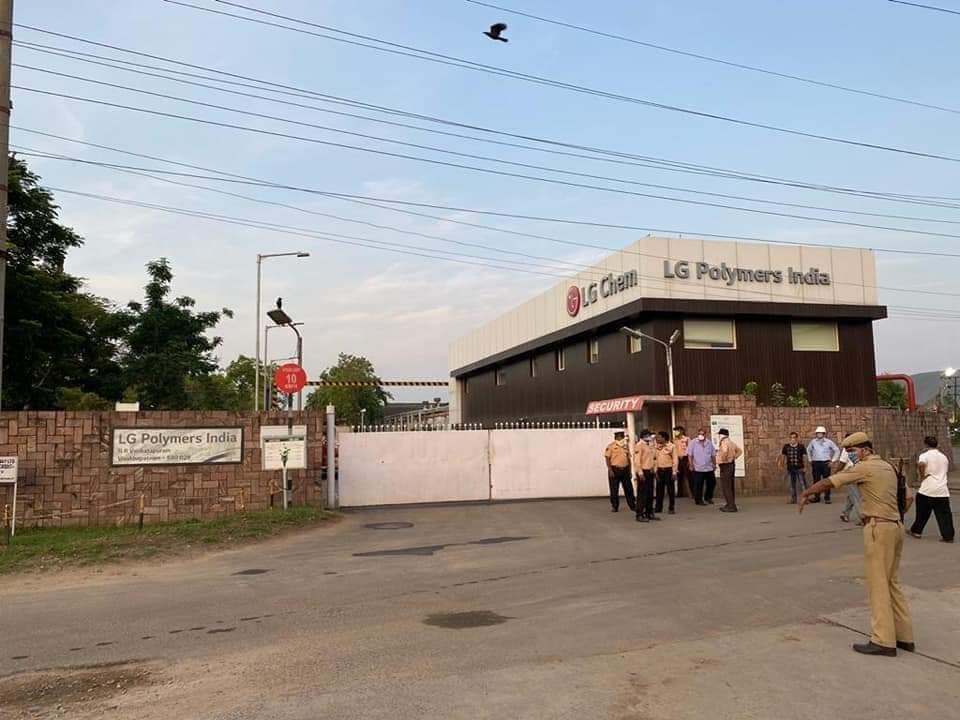
A gas leak at a chemical plant in southern India has resulted to the deaths of at least 13 people and injuries to hundreds of others.
The leak from the LG Polymers chemical plant in the city of Visakhapatnam in Andhra Pradesh, India killed at least 13 and sent 800 others to the hospital. According to reports, the leak happened while people were sleeping.
Victims complained of a burning sensation in the eyes and difficulty of breathing.
Officials said that the cause of the leak may have been negligence. They have evacuated people living in areas surrounding the plant.
Initial attempts to subdue the gas leak were reportedly unsuccessful but the company and state officials claim that the situation is now under control.
In a statement, LG said it is currently conducting an investigation into the cause of the incident and was examining ways "to provide speedy treatment" for those affected.
Rajendra Reddy, a senior official in the Andhra Pradesh Pollution Control Board, identified styrene, which is usually refrigerated, as the gas that leaked out. An emergency disaster meeting was called by India's Prime Minister Narendra Modi.
What happened?
The gas leak occurred at around 03:00 local time. The plant was being re-opened for the first time since March 24, when India started its lockdown to halt the spread of coronavirus.
Swaroop Rani, a senior police official in Visakhapatnam, said the plant had been left idle because of the lockdown. She mentioned: "[The gas] was left there because of the lockdown. It led to a chemical reaction and heat was produced inside the tanks, and the gas leaked because of that."
At around 3:30, local villagers started complaining and the police immediately went to the site but had to turn around due to fear of being poisoned.
Rani narrated: "One could feel the gas in the air and it was not possible for any of us to stay there for more than a few minutes."
Residents ran our of their homes in panic as the gas spread, with some people fainting and dropping unconscious on the streets. Images of the chaos were shared on social media.
Yashwanth Saikumar Ambati, a resident who lives about 300 meters away from the plant, said: "My eyes were itchy, and I was feeling drowsy, light-headed and slightly breathless."
According to the police, the gas spread at a radius of around 3 kilometers. They evacuated people from surrounding areas and said that those have been admitted to hospital should be able to recover.
What can exposure to styrene do to humans?
Styrene, a colorless or light yellow, and flammable liquid, is primarily used in the production of polystyrene plastics and resins, particularly containers for foodstuffs, packaging, synthetic marble, flooring, disposable tableware and molded furniture.
Breathing in air with styrene vapors could irritate the nose and throat and can cause coughing and wheezing, as well as create a buildup of fluid in the lungs.
"Styrene sickness" can be developed through exposure to larger amounts of the gas. Symptoms include headache, nausea, vomiting, weakness, tiredness, dizziness, confusion and clumsy or unsteady motion, collectively known as central nervous system depression.
It can also result to irregular heartbeats and even coma in some cases. Some research has linked styrene exposure to an increased risk of leukemia and lymphoma.






